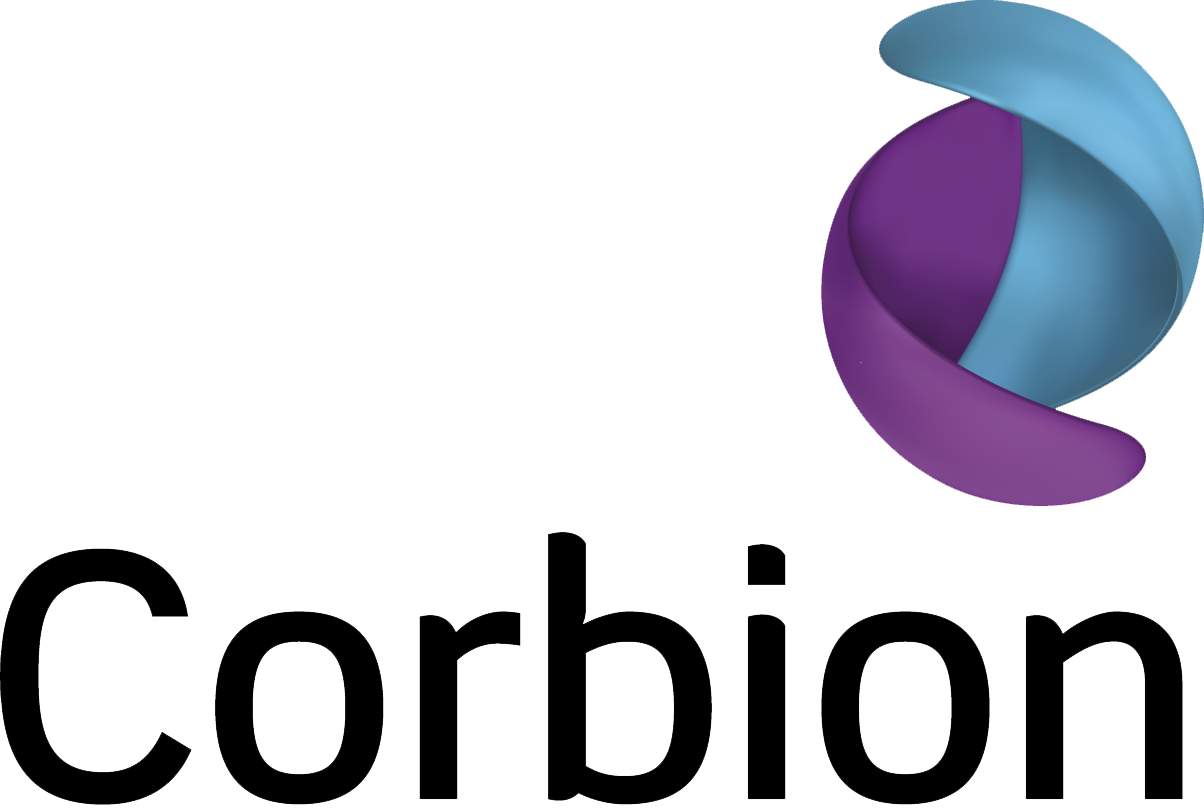Natural capital
Our environmental policies and the principal environmental risks for our business operations and value chains are described in the Sustainability performance chapter, specifically in the sections on Responsible sourcing, Sustainable agriculture, Forests and biodiversity, Climate action, Water stewardship, and Zero waste. Our natural capital KPIs measure the performance of all our operations in terms of energy usage, water consumption, waste and by-product generation, and greenhouse gas (GHG) emissions.
Category | Unit | 2023 | 2022 | |
Production volume √ | kT | 836 | 740 | |
Energy √ | Electricity (renewable) | GJx10^3 | 922 | 865 |
Electricity (non-renewable) | GJx10^3 | 28 | 61 | |
Fuels and purchased steam (non-renewable) | GJx10^3 | 2,264 | 2,546 5 | |
Biogas, purchased steam (renewable) | GJx10^3 | 421 | 377 | |
Total | GJx10^3 | 3,635 | 3,849 | |
Energy intensity √ | Total, specific | GJ/T | 4.3 | 5.2 |
GHG emissions √ | Scope I | kT CO2 equiv | 68 | 107 |
Scope II (market-based) | kT CO2 equiv | 47 | 35 | |
Scope II (location-based) | kT CO2 equiv | 115 | 90 | |
Scope III | kT CO2 equiv | 796 | 962 | |
Biogenic emissions1 | kT CO2 equiv | 117 | 91 | |
Scope I, specific | T CO2 equiv /T | 0.08 | 0.14 | |
Scope II, specific (market-based) | T CO2 equiv /T | 0.06 | 0.05 | |
Scope II, specific (location-based) | T CO2 equiv /T | 0.14 | 0.12 | |
Scope III, specific | T CO2 equiv /T | 0.95 | 1.30 | |
Water consumption2 √ | Total | m3x10^3 | 4,896 | 5,451 |
Total, specific | m3/T | 5.85 | 7.37 | |
Waste (total3) √ | Recycled | kT | 33.15 | 31.50 |
Incinerated | kT | 2.06 | 1.96 | |
Landfilled | kT | 1.00 | 0.97 | |
Total | kT | 36.2 | 34.4 | |
Waste (non-hazardous) √ | Recycled | kT | 32.06 | 30.41 |
Incinerated | kT | 1.87 | 1.83 | |
Landfilled | kT | 0.98 | 0.96 | |
Total | kT | 34.91 | 33.20 | |
Waste (hazardous) √ | Recycled | kT | 1.09 | 1.09 |
Incinerated | kT | 0.19 | 0.14 | |
Landfilled | kT | 0.02 | 0.01 | |
Total | kT | 1.30 | 1.24 | |
By-products4 √ | Recycled | kT | 94 | 259 |
Incinerated | kT | 0 | 0 | |
Landfilled | kT | 6.12 | 7.64 | |
Total | kT | 100 | 267 |
- 1 Biogenic emissions mainly relate to indirect emissions from purchased renewable energy and direct emissions from algae fermentation, the consumption of biogas, and waste-water treatment.
- 2 Sum of the water withdrawn from rivers, aquifers, rainwater reservoirs, municipal water supplies, including purchased steam.
- 3 Sum of hazardous and non-hazardous waste. Waste means any substance or object arising from our routine operations that we discard or intend to discard, or are required to discard.
- 4 Valuable by-products generated in the production of lactic acid.
- 5 In 2022, emissions from the combustion of diesel and LPG were not material and therefore not included in our Scope I emissions.
√ = reviewed by external auditor
Greenhouse gas emissions
We report our emissions in carbon equivalents (cradle-to-gate) in accordance with the Greenhouse Gas Protocol. This includes Scope I emissions from direct production (for natural gas), Scope II emissions from purchased energy (for electricity and purchased steam), and Scope III emissions related to purchased goods and services, fuel and energy-related activities, upstream and downstream transportation, waste generated in operations, business travel, and employee commuting.
Compared to 2021, our total absolute emissions decreased by 17%, while our production volume increased by 13%. Our specific Scope I emissions decreased by 36%. For Scope II, specific emissions increased by 35%. Leading to a combined 19% decrease in Scope I and II emissions. Ten out of 13 Corbion sites are now 100% powered by renewable electricity, which increases our global coverage to 97%. Our specific Scope III emissions decreased by 17%. Corbion’s biogenic emissions are related to the production of algae ingredients at our facility in Orindiúva, Brazil. This includes both direct biogenic emissions during the fermentation process and indirect biogenic emissions related to the renewable energy used. The facility uses renewable electricity and steam generated from the incineration of bagasse at the neighboring sugar mill. These biogenic emissions increased due to the increased production of algae ingredients.
See Materiality of Scope III categories below for an explanation of the relevance of the Scope III categories that are not reported.
Category | Unit | 2023 | 2022 | |
Scope III emissions (Total) | kT CO2 equiv | 796 | 962 | |
Upstream | 1. Purchased goods and services √ | kT CO2 equiv | 527 | 653 |
3. Fuel- and energy-related activities √ | kT CO2 equiv | 31 | 30 | |
4. Upstream transportation and distribution √ | kT CO2 equiv | 90 | 109 | |
5. Waste generated in operations √ | kT CO2 equiv | 23 | 34 | |
6. Business travel √ | kT CO2 equiv | 4 | 4 | |
7. Employee commuting √ | kT CO2 equiv | 10 | 9 | |
Total √ | kT CO2 equiv | 685 | 839 | |
Downstream | 9. Downstream transportation and distribution √ | kT CO2 equiv | 106 | 109 |
15. Investments √ | kT CO2 equiv | 5 | 15 | |
Total √ | kT CO2 equiv | 111 | 124 |
√ = reviewed by external auditor.
Materiality of Scope III categories
The chart below shows which Scope III activities cause the most significant GHG emissions, offer the greatest opportunities for reduction, and are the most relevant to our ambition of reducing our carbon footprint in line with the Paris Agreement.


